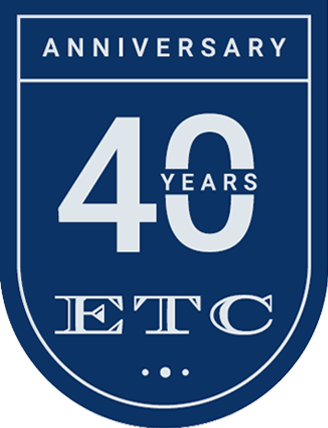Engineering studies fall into a number of categories, from general condition surveys (such as reserve studies and pre-purchase inspections) to problem-solving investigations and forensic examinations. Within those categories, there are generally three (3) levels of need.
 Preliminary Study
Preliminary StudyOften a client simply needs a quick, visual review in order to confirm that certain issues exist and/or whether a more detailed evaluation is needed. This minimal review is fairly quick and inexpensive and defects are often readily observable. At the same time it can be confirmation that an issue does (or does not) exist, and follow-up (a more detailed study) is needed to better determine the causes of problems and extent of any needed remedial action.
This level of study is often requested to help confirm a report issued by others. The initial evaluation may have included various levels of examination, sampling, testing, etc. and getting a second opinion can be very valuable. In this instance, a brief visual examination is usually sufficient to confirm that the initial findings were pertinent or whether any issues need to be revisited.
Extensive Study
An extensive study includes a reasonable amount of visual examination, sampling, testing, or other tasks to evaluate conditions and make determinations as to the cause, extent, and options for addressing any issues identified. This type of study costs more and will take longer to complete than the preliminary study. It may also include the use of contractors for sampling, testing laboratories, specialty consultants, etc.
Despite the extent of services performed, there is still a chance additional work may be needed due to conditions found or to provide proof (to a court of law or others) of various aspects of the findings and/or recommendations. However, the study performed will still have significant value in helping to eliminate or refine certain factors that could not be clearly defined by visual examination alone.
Comprehensive Study
A comprehensive study is sometimes needed due to special circumstances (such as potential litigation) or if conditions would elude discovery in a less exhaustive study. This level of study typically includes considerable sampling, testing, etc., and entails higher cost, and more time for performing inspections, waiting for test results, preparing a report, etc. However, the intent is that the results would be as conclusive as practicable and additional examination, testing, etc. most likely will not be required.
Closing
In trying to meet client needs, it is helpful to discuss and understand the level of study desired. The three (3) subject levels are described in the broadest sense and are, in fact, scalable and can be tailored to meet specific needs.
 Preliminary Study
Preliminary Study
 However, any visual inspection is limited. An up-close inspection by a qualified inspector or engineer (using a roof-mounted swing stage, scaffolding, or a man-lift) provides the most reliable information possible by allowing the person to touch, probe, and sound (tap) areas of concern to check for delamination, stability, soundness, etc.
However, any visual inspection is limited. An up-close inspection by a qualified inspector or engineer (using a roof-mounted swing stage, scaffolding, or a man-lift) provides the most reliable information possible by allowing the person to touch, probe, and sound (tap) areas of concern to check for delamination, stability, soundness, etc. Engineering studies fall into a number of categories, from general condition surveys (such as reserve studies and pre-purchase inspections) to problem-solving investigations and forensic examinations. Within those categories, there are generally three (3) levels of need.
Engineering studies fall into a number of categories, from general condition surveys (such as reserve studies and pre-purchase inspections) to problem-solving investigations and forensic examinations. Within those categories, there are generally three (3) levels of need.